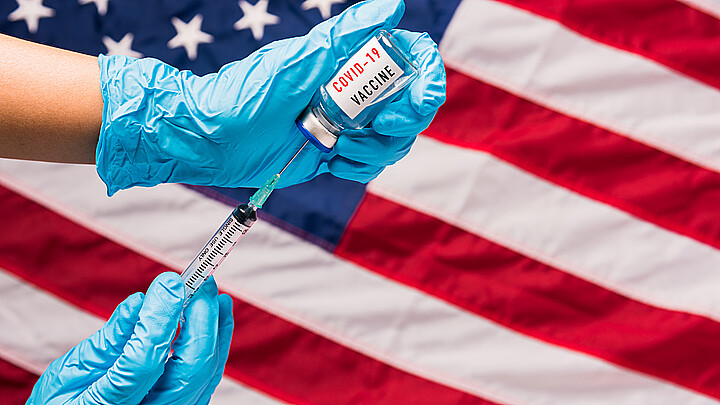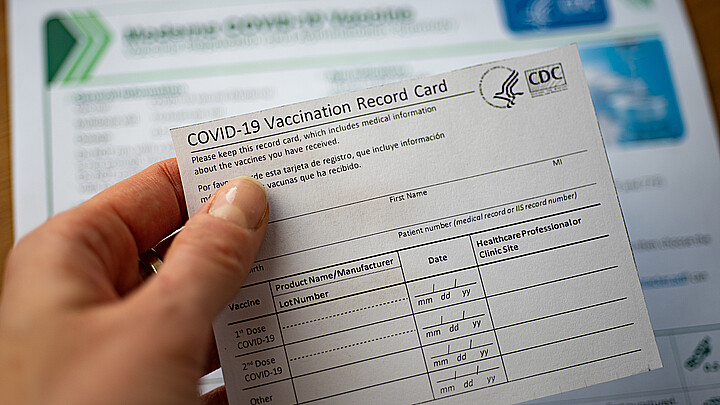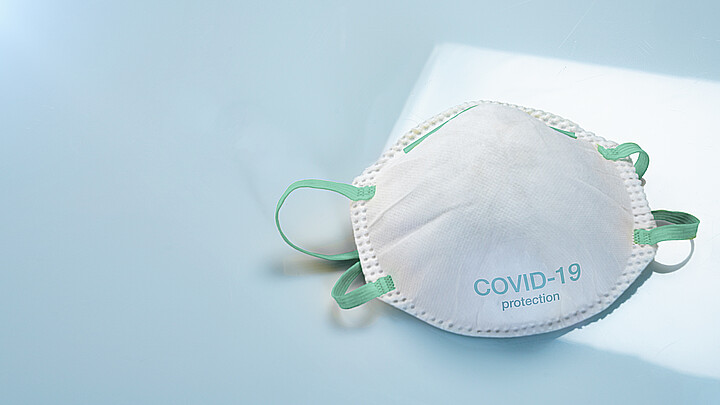Coronavirus
Most Americans have been infected with COVID-19, new CDC study finds
By February, 75% of children, or every three out of four, under 18 had Covid-19 antibodies
April 26, 2022 6:54pm
Updated: April 27, 2022 8:36am
Most Americans, including children, have been infected with COVID-19, according to a new study released by the Centers for Disease Control and Prevention (CDC).
According to the data collected from an ongoing study of blood samples across the U.S., almost 60% of adults and 75% of children have coronavirus antibodies, indicating that they had been infected with the virus at least once.
In December of 2021, around 34% of Americans had COVID-19 antibodies. By February 2022, the figure increased to 58%, partly due to the high transmissibility of the Omicron variant.
"The highest jump in antibody detection was among children and adolescents," said Dr. Kristie Clarke, who led the study for the CDC.
By February, 75% of children, or every three out of four, under 18 had COVID-19 antibodies, the study found.
“As of February 2022, approximately 75% of children and adolescents had serologic evidence of previous infection with SARS-CoV-2, with approximately one third becoming newly seropositive since December 2021,” reads the report.
The lowest increase was found in adults 65 or older, who are at greater risk of having complications if they contract the virus. The study claims that the low increase in this age group might be due to additional precautions being taken by those who are older.
"We still do not know how long infection-induced immunity will last, and we cannot know from the study, again, whether all people who tested positive for SARS-CoV-2 antibodies continue to have protection from their prior infection," Clarke added.
The study found that antibodies tend to stay positive for at least two years after an individual is infected with the virus.
The CDC report claims that vaccination “remains the safest strategy” to prevent complications from COVID-19, including hospitalization.
The study used random, anonymous blood samples sent to U.S. laboratories.










